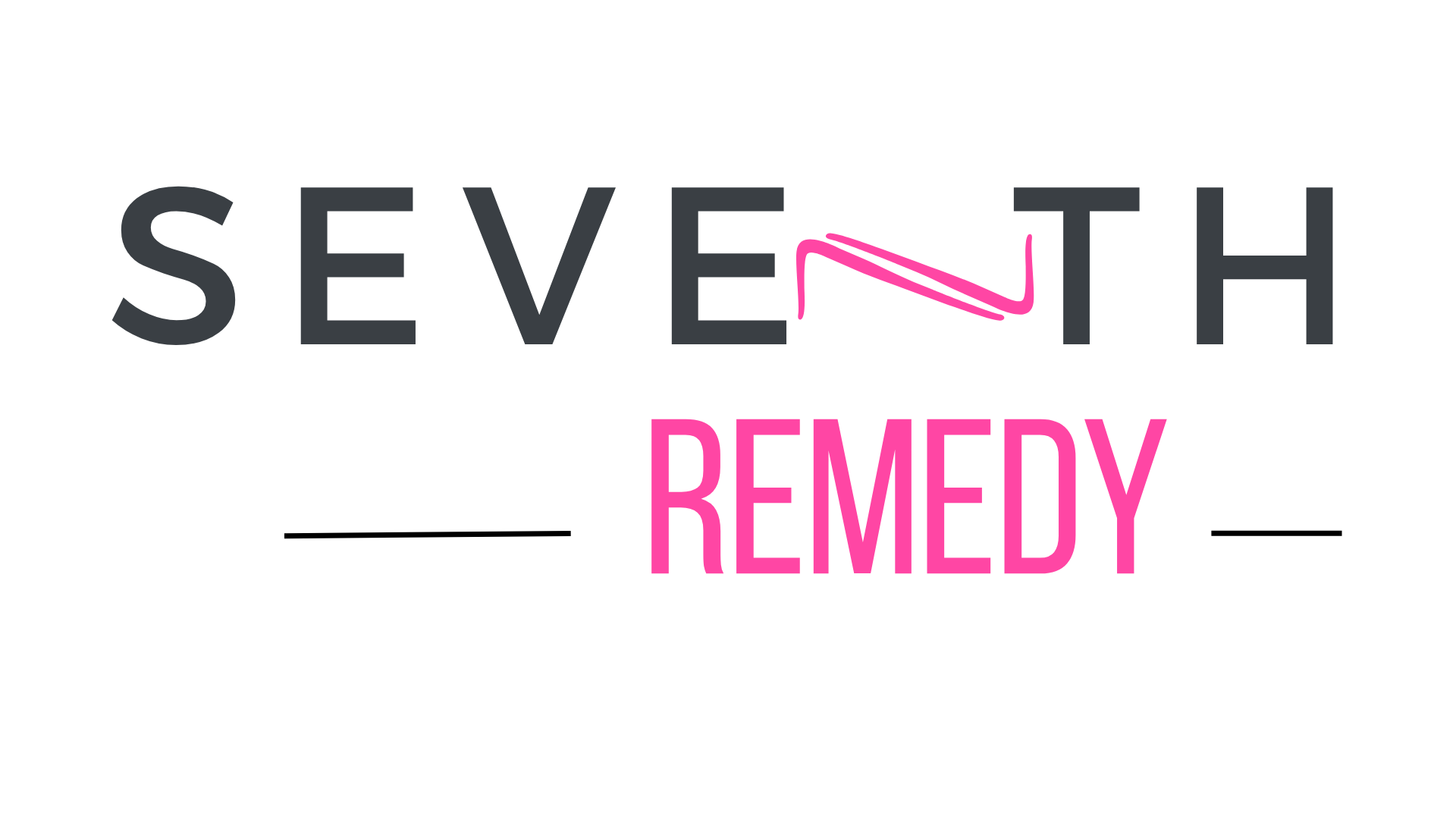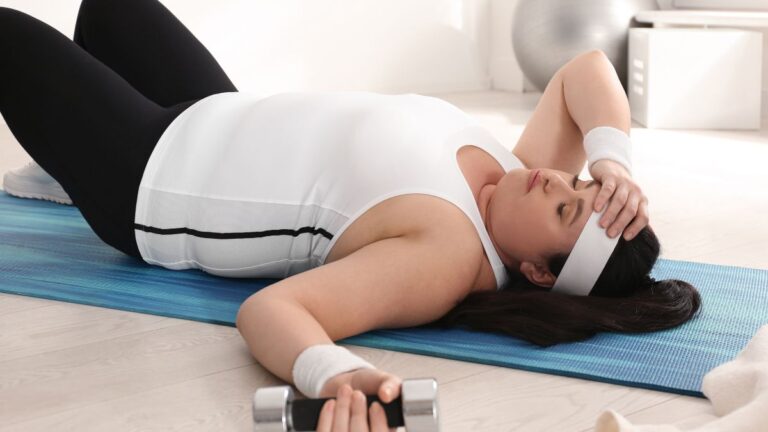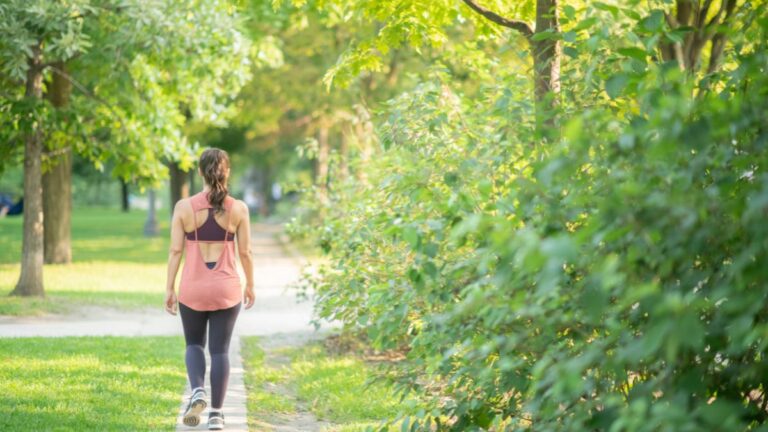Fitness Isn’t a Guessing Game; It’s Science
Years ago, before I started taking exercise seriously, I used to work out and wonder why nothing really changed. I’d lose weight here and there, but I didn’t feel stronger.
At the gym, most of the time, I would move from one familiar machine to another without much thought or direction. I wasn’t even sure what my goal for working out was, or if I really needed one.
I never tracked what I did or noticed any real progress, but at the time, I felt good, like I was doing something. The cardio machines were the least intimidating, so I stuck with those. Looking back, and knowing what I know now about how the body uses energy and builds muscle, I can see that I was probably not only depleting my energy before my actual workout, but also losing more muscle than I was keeping or building.
Still, I was proud of showing up. And honestly, that’s okay.
What changed everything wasn’t getting access to a bigger gym or more equipment. It was changing my method. When I started working out in my small home gym, I had fewer distractions and more focus. I paid attention to how each movement felt, how my muscles responded, and what my body actually needed. That’s when things started to click.
Progress didn’t come from doing more or lifting heavier. It came from doing things with purpose, correcting muscle imbalances, using Pilates to teach me to focus, slowing my reps down, and taking long enough breaks between lifts to actually grow muscle.
After learning how the body truly adapts through movement, study, and practice, I understand that showing up is only part of the equation. It’s what you do when you show up that creates change.
Over time, that understanding became the foundation for The Remedy Method and how I train today, guided by science, not trends.
What Isn’t Science-Based Training
Trendy workouts are fun, but strategy is what gets results.
Science-based training isn’t:
- Doing random workouts you found online
- Picking exercises because they look “cool” or seem “hard”
- Jumping on trends because someone with abs swears by them
You can sweat through a workout and still get nowhere if it doesn’t have structure.
So What Is It, Then?
Science-based training (also referred to as evidence-based training1) is about how your body is built to move and adapt. It’s not about guessing; it’s about using a plan or method that makes sense for your muscles, joints, energy system, and nervous system.
It focuses on:
- How muscles work – and how others try to take over when they’re not doing their job
- How joints move – and which ones should be mobile vs. stable during certain exercises
- How the nervous system learns – so you don’t just “do reps” but build better form and patterns
- How behavior change sticks – because without consistency, nothing works (if you hate it, you won’t stick with it)
When your workouts are science-informed, you’re not just exercising; you’re working towards a specific result. That might mean building strength, improving posture, correcting muscle imbalances, supporting weight loss, or moving pain-free.
At its core, science-based training means that the programming, exercises, and progressions are designed based on:
- Peer-reviewed research
- Human physiology
- Biomechanics
- Actual outcomes, not anecdotes
A personalized program is built on how your body actually moves and adapts, not on generic templates or trends. It takes the guesswork out of exercise and replaces it with structure and purpose.
A personalized program shows you:
- Why each move matters for your body as it is right now
- How to do it safely to reduce joint stress and lower injury risk
- When and where it fits into your plan so your workout moves you closer to your goals
It connects what you are doing to why you are doing it, helping you understand how every rep contributes to your progress.
How It Helps You Get Better Results
You don’t need more sweat. You need smarter stress on your body, at the right time, and in the right dose.
Science-based training helps you:
- Progress over time instead of hitting a wall at week 2
- Strengthen the right muscles, not just the ones that already overwork
- Build body awareness, so you move better everywhere, not just during workouts
- Respect your recovery and energy, because soreness doesn’t equal growth
The Unstructured Approach
Let’s say you have knee pain but want to strengthen and grow your glutes. You’ve heard squats are great for that, so you follow an online workout and try to power through. You copy the person’s form as best you can, even though your knees feel tight or unstable.
What’s really happening is that your body isn’t ready for that load yet. The movement pattern looks simple, but if your joints or muscles aren’t balanced, the wrong areas take over. Instead of getting stronger, you end up training your body to move in ways that keep it uncomfortable.
My Approach (and Why It’s Different)
I start with an assessment to see what’s really happening.
Maybe your:
- Knees cave in slightly
- Inner thighs are doing too much
- Hips are underactive and rotating inward
- Ankles are restricted
Instead of forcing the squat, we rebuild the foundation.
Depending on what the assessment shows, I start with corrective activation to wake up underactive muscles, relax the overactive ones, and stabilize the joints around the knee. Sometimes this means targeting the outer hips or glutes with small, controlled movements, like standing hip extensions or side leg lifts, to correct how your thighs and hips share the workload.
Then we layer in Pilates-inspired control to retrain your body’s communication system, the connection between your brain and your muscles. Pilates helps rebuild that connection through slow, precise movements that improve coordination and stability.2 We might use standing footwork with a small bend in the knees to strengthen the legs and hips evenly while maintaining control and balance.
Once that foundation is set, we progress into strength training. Depending on your starting point, that might mean practicing movement patterns first, like supported or shallow squats, before adding load. From there, we gradually increase depth, resistance, and time under tension to build power while teaching you to control torque, tempo, and form.
This approach still connects you to your goal of growing stronger glutes through squats, but it protects your joints, improves your posture, and retrains your body to move the way it was designed to.

Putting the Science Into Practice
If you’re ready to start rebuilding strength safely, I offer private virtual personal training for women who want structure, clarity, and support without the pressure of a gym.
It’s built exclusively for women using GLP-1 medications. When weight drops quickly, your muscles, joints, and posture can’t adapt at the same pace. Your body feels different, but your brain is still sending signals for how you used to move. This mismatch can affect balance, coordination, and strength. My program helps retrain that connection so your movement, posture, and stability catch up safely as your body changes.
Every session is built around progressions. We start where your body is right now and move forward step by step. You’ll learn how to train with proper form, restore balance, and build strength that feels good in your body.
You can train from home, outdoors, or wherever you feel most comfortable. Each program runs in 12 or 24-week cycles, long enough to make real change but realistic enough to fit into your life.
If you want to see how it works, you can learn more about The Remedy Method or reach out to connect with me directly.
Questions to Ask Any Trainer Before You Work with Them
Not all trainers are the same. These questions help you tell the difference between someone who truly understands your body and someone who just hands out workouts:
- How do you design a program for someone at my fitness level?
A strong trainer will mention assessments, progressions, or individualized plans. - How do you decide which exercises I need (and which I don’t)?
Look for answers that include reasoning tied to goals, posture, or muscle balance. “It depends on your body” is a good sign. - What happens if something hurts or feels off?
You want someone who talks about modifying movements, identifying causes, or referring out when needed, not someone who will make you “push through it.” - How do you measure progress besides just weight loss?
Trainers who mention strength, balance, posture, energy, or confidence are thinking long term, not just scale results. - What do you look for in movement or posture?
Good trainers observe how your body moves, not just how much weight you lift. They should talk about alignment, control, and stability.
The right trainer will have answers that make you feel understood and supported, not rushed or judged. If they don’t, keep looking.
Bottom Line
Science-based training is strategic. It’s the difference between simply moving and moving in a way that makes you stronger, safer, and more capable for life.
Professional, knowledgeable trainers who understand the science don’t just hand you workouts. They teach you how to train with purpose, build lasting results, and rebuild trust in your body. If you need support or have questions, you can reach out anytime.
Resources
- TY – JOUR AU – English, Kirk AU – Amonette, William AU – Graham, Marilyn AU – Spiering, Barry PY – 2012/06/01 SP – 19 EP – 24 T1 – What is “Evidence-Based” Strength and Conditioning? VL – 34 DO – 10.1519/SSC.0b013e318255053d JO – Strength and conditioning journal ER – https://www.researchgate.net/publication/260035540_What_is_Evidence-Based_Strength_and_Conditioning ↩︎
- Fernandes IG, Macedo MCGS, Souza MA, Silveira-Nunes G, Barbosa MCSA, Queiroz ACC, Vieira ER, Barbosa AC. Does 8-Week Resistance Training with Slow Movement Cadenced by Pilates Breathing Affect Muscle Strength and Balance of Older Adults? An Age-Matched Controlled Trial. Int J Environ Res Public Health. 2022 Aug 31;19(17):10849. doi: 10.3390/ijerph191710849. PMID: 36078566; PMCID: PMC9518437. https://pmc.ncbi.nlm.nih.gov/articles/PMC9518437/ ↩︎
Photo Credits
Pelvic Exercises – by FatCamera from Getty Images Signature
Doing Exercise at Home – by Ikostudio
This article is for educational purposes and is not intended to replace medical consultation. Always consult a healthcare professional before making health-related decisions.
Most programs teach exercise.
The Remedy Method retrains how your body communicates: how your brain, muscles, and movement work together again after change.
It blends corrective exercise, Pilates control, and progressive strength in a way that helps your body relearn balance, rebuild strength, and move with confidence again.
If your body feels different and you’re not sure where to start, this is the method designed for exactly that.





